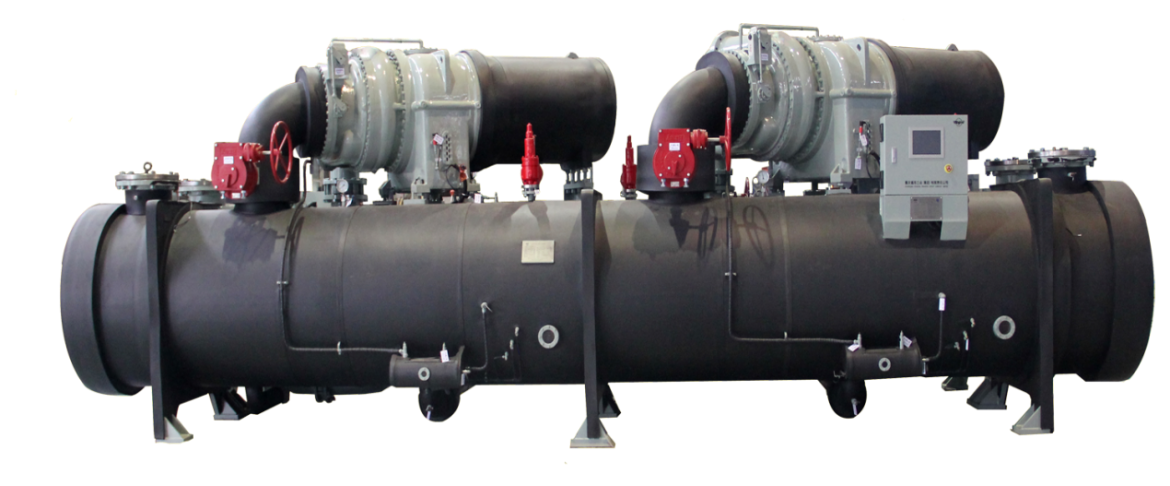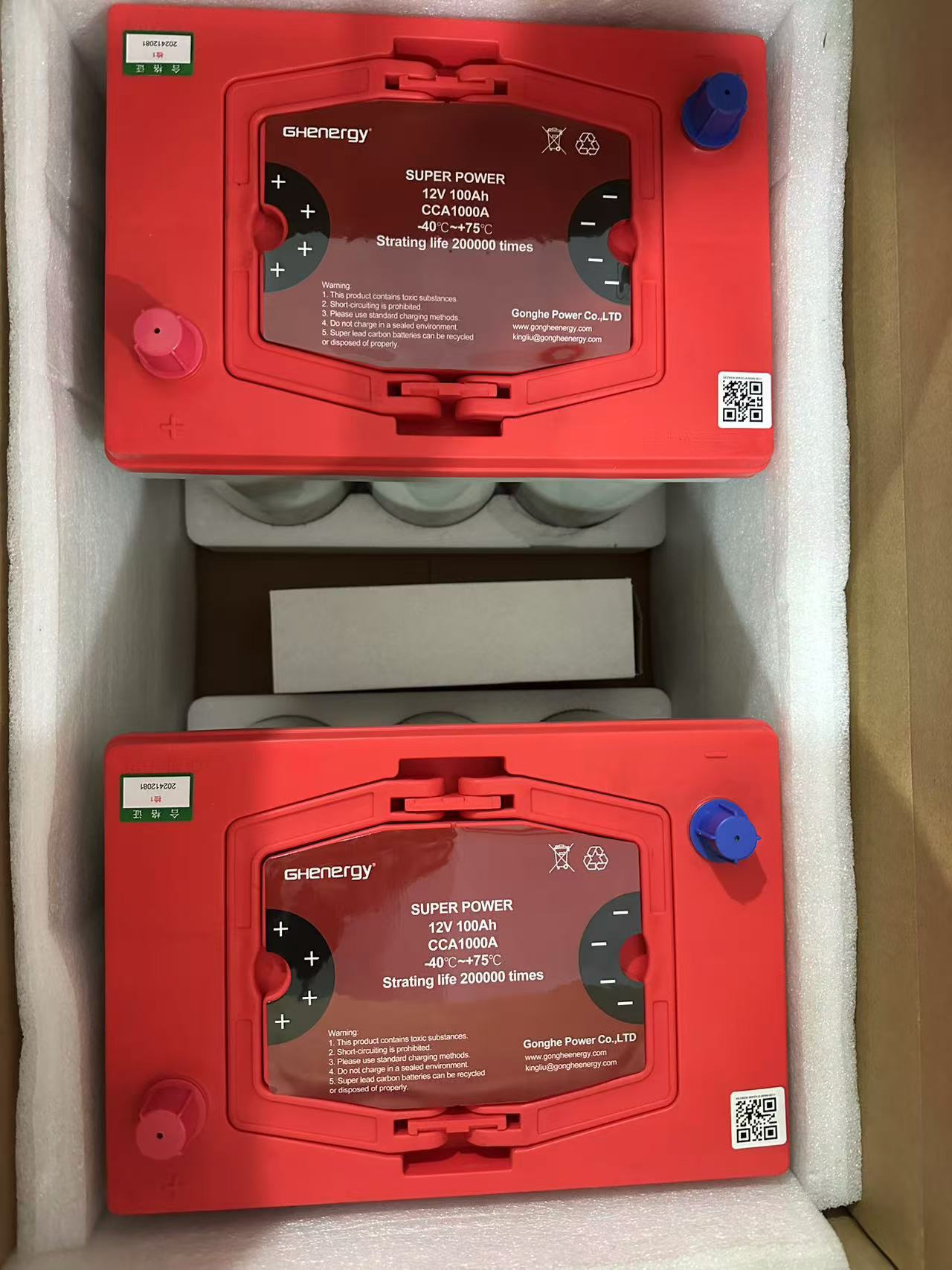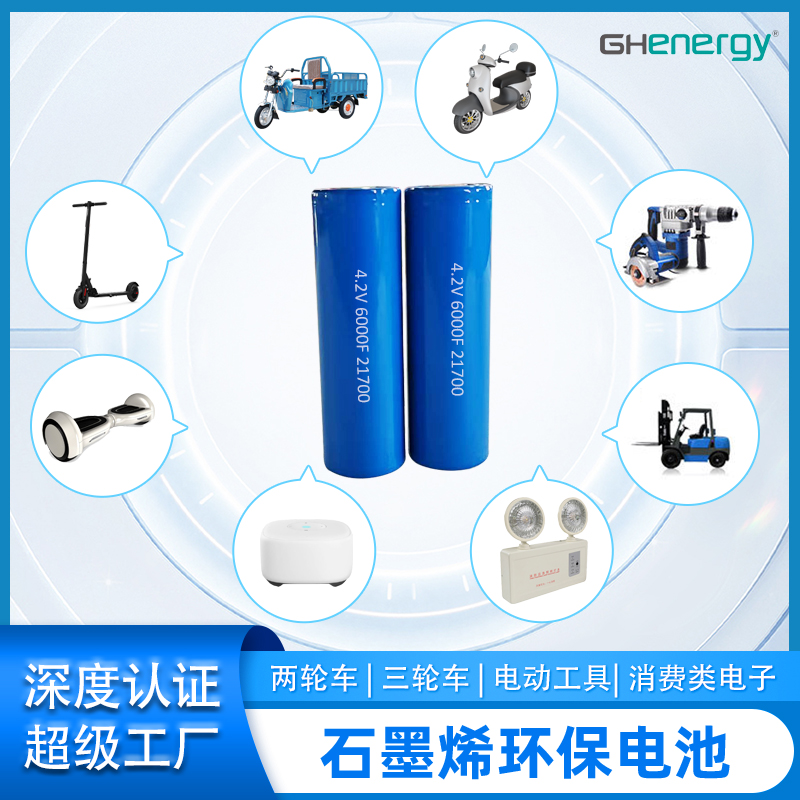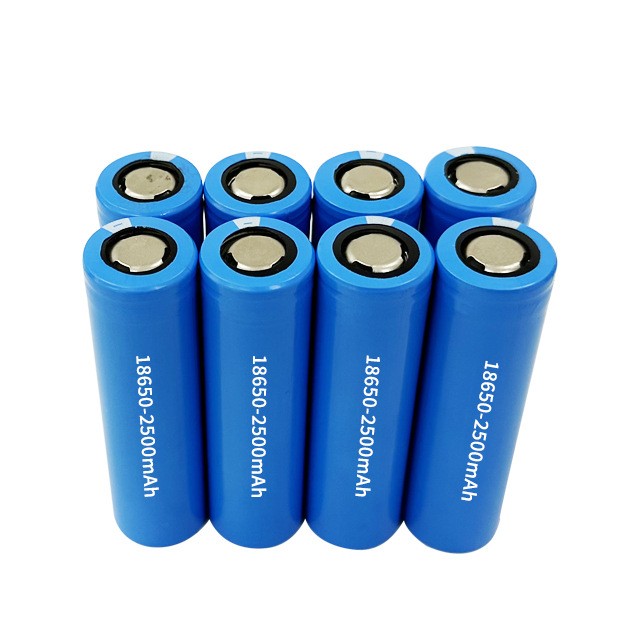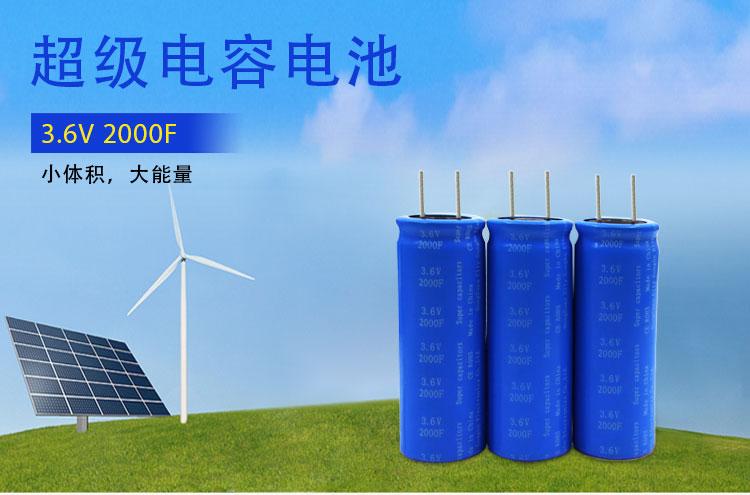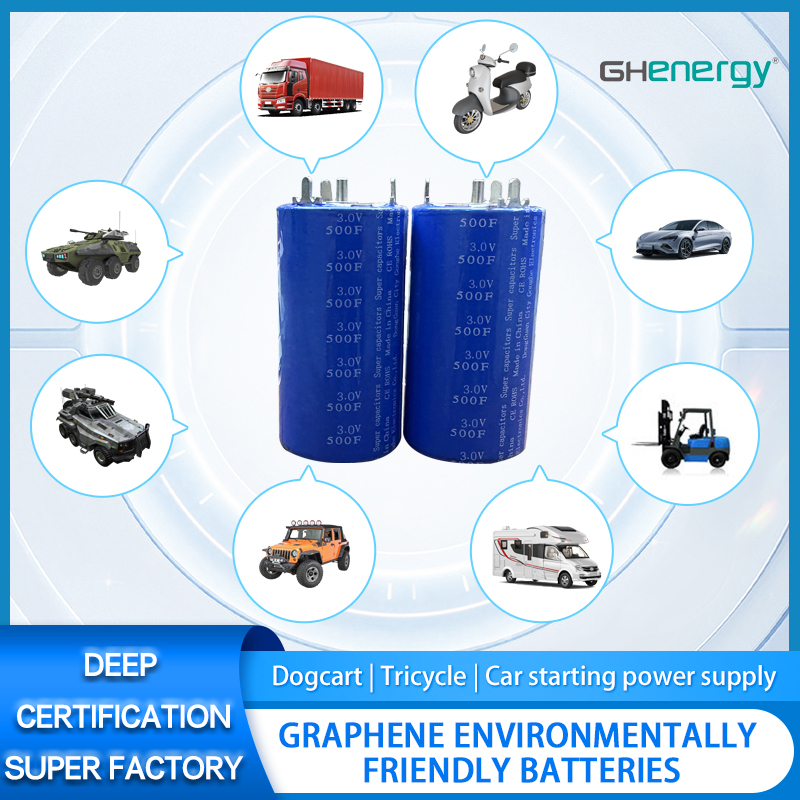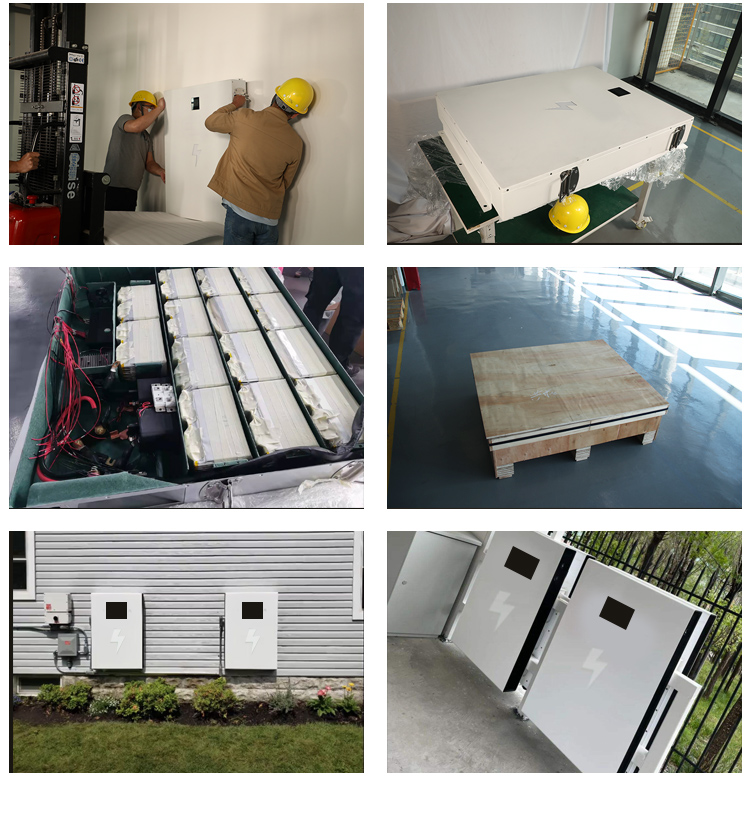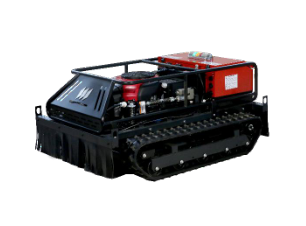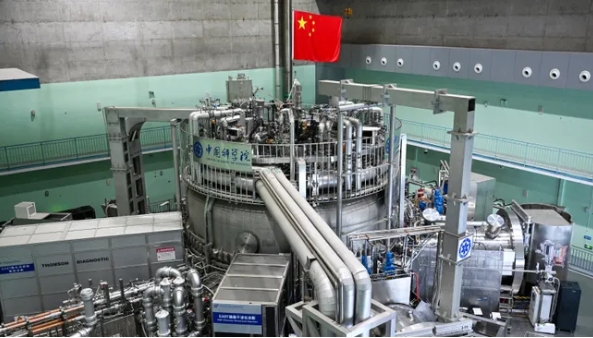
The Experimental Advanced Superconducting Tokamak (EAST) nuclear fusion reactor on Jan. 15, 2025 in China.
Wedoany.com Report-Jan 22, China's "artificial sun" reactor has broken its own world record for maintaining super-hot plasma, marking another milestone in the long road towards near-limitless clean energy.
The Experimental Advanced Superconducting Tokamak (EAST) nuclear fusion reactor maintained a steady, highly confined loop of plasma — the high-energy fourth state of matter — for 1,066 seconds on Monday (Jan. 20), which more than doubled its previous best of 403 seconds, Chinese state media reported.
Nuclear fusion reactors are nicknamed "artificial suns" because they generate energy in a similar way to the sun — by fusing two light atoms into a single heavy atom via heat and pressure. The sun has a lot more pressure than Earth's reactors, so scientists compensate by using temperatures that are many times hotter than the sun.
Nuclear fusion offers the potential of a near-unlimited power source without greenhouse gas emissions or much nuclear waste. However, scientists have been working on this technology for more than 70 years, and it's likely not progressing fast enough to be a practical solution to the climate crisis. Researchers expect us to have fusion power within decades, but it could take much longer.
EAST's new record won't immediately usher in what is dubbed the "Holy Grail" of clean power, but it is a step towards a possible future where fusion power plants generate electricity.
East is a magnetic confinement reactor, or tokamak, designed to keep the plasma continuously burning for prolonged periods. Reactors like this have never achieved ignition, which is the point at which nuclear fusion creates its own energy and sustains its own reaction, but the new record is a step towards maintaining prolonged, confined plasma loops that future reactors will need to generate electricity.
"A fusion device must achieve stable operation at high efficiency for thousands of seconds to enable the self-sustaining circulation of plasma, which is critical for the continuous power generation of future fusion plants," Song Yuntao, director of the Institute of Plasma Physics responsible for the fusion project at the Chinese Academy of Sciences, told Chinese state media.
EAST is one of several nuclear fusion reactors worldwide, but they all currently use far more energy than they produce. In 2022, the U.S. National Ignition Facility's fusion reactor briefly achieved ignition in its core using a different experimental method to EAST, relying on quick bursts of energy, but the reactor as a whole still used more energy than it consumed.
Tokamaks like EAST are the most common nuclear fusion reactors. EAST heats up plasma and traps it inside a donut-shaped reactor chamber — called the tokamak — with powerful magnetic fields. For the latest record, researchers made several upgrades to the reactor, including doubling the power of its heating system, according to Chinese state media.
The data gathered by EAST will support the development of other reactors, both in China and internationally. China is part of the International Thermonuclear Experimental Reactor (ITER) program, which involves dozens of countries, including the U.S., U.K. Japan, South Korea and Russia.
The ITER reactor, which is being built in southern France, contains the world's most powerful magnet and will fire up in 2039 at the earliest. ITER will be an experimental tool designed to create sustained fusion for research purposes, but could pave the way for fusion power plants.
"We hope to expand international collaboration via EAST and bring fusion energy into practical use for humanity," Song said.

